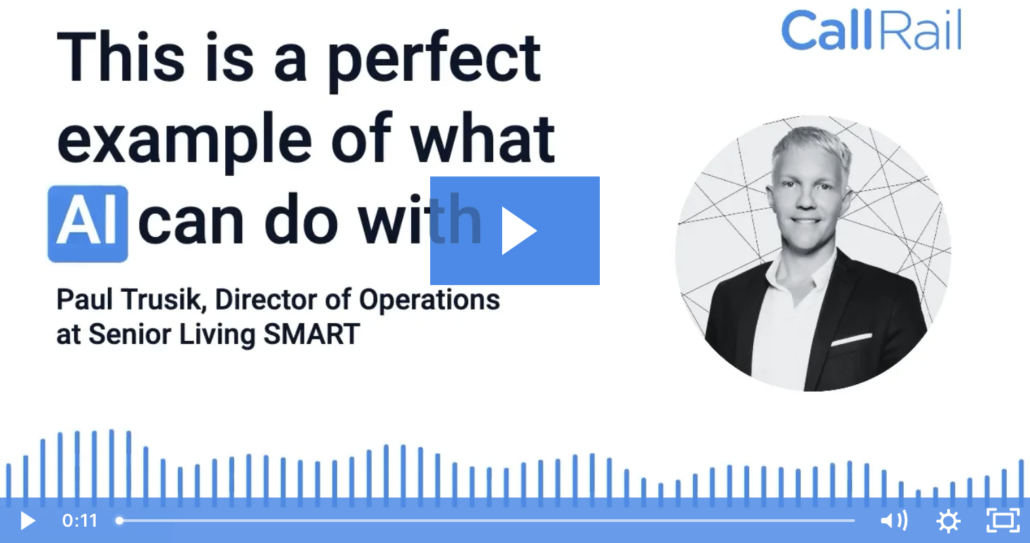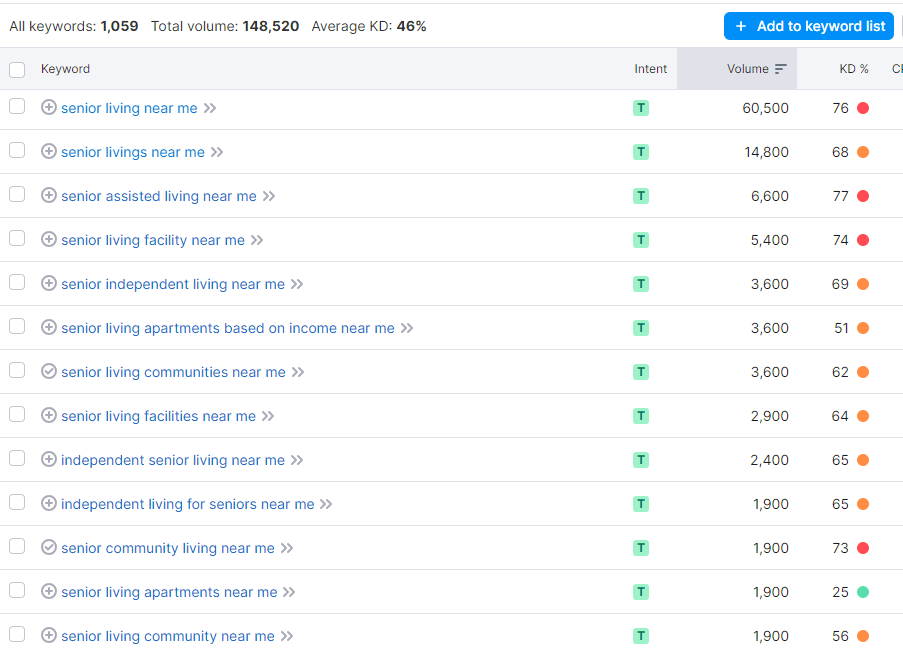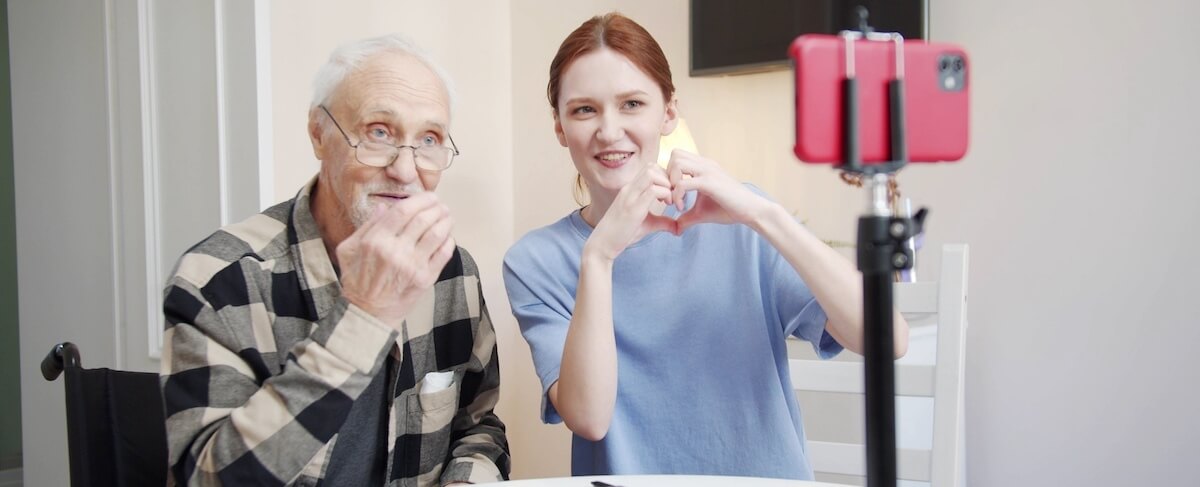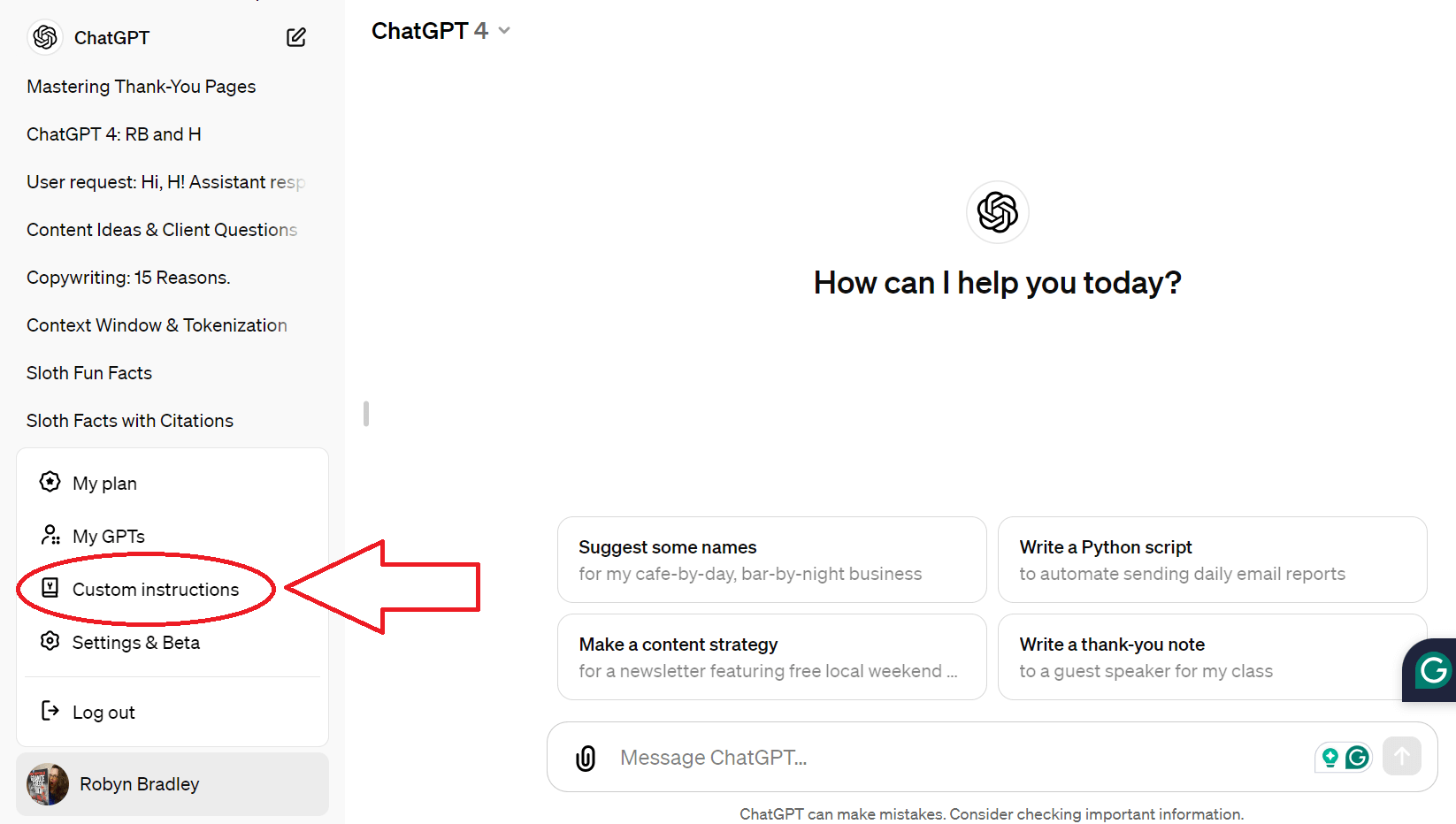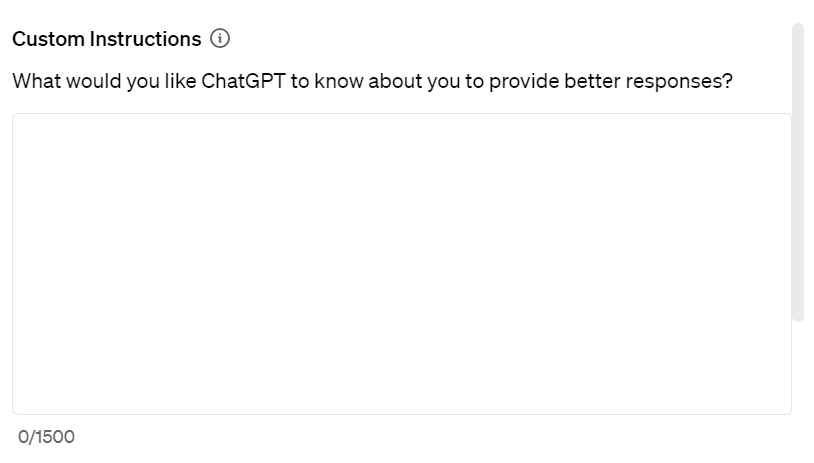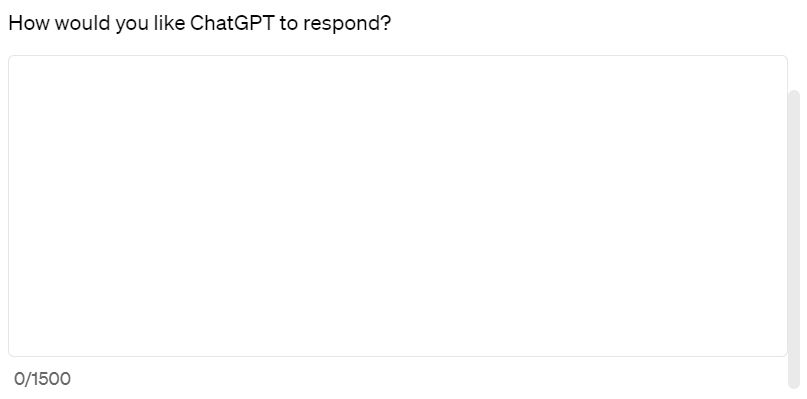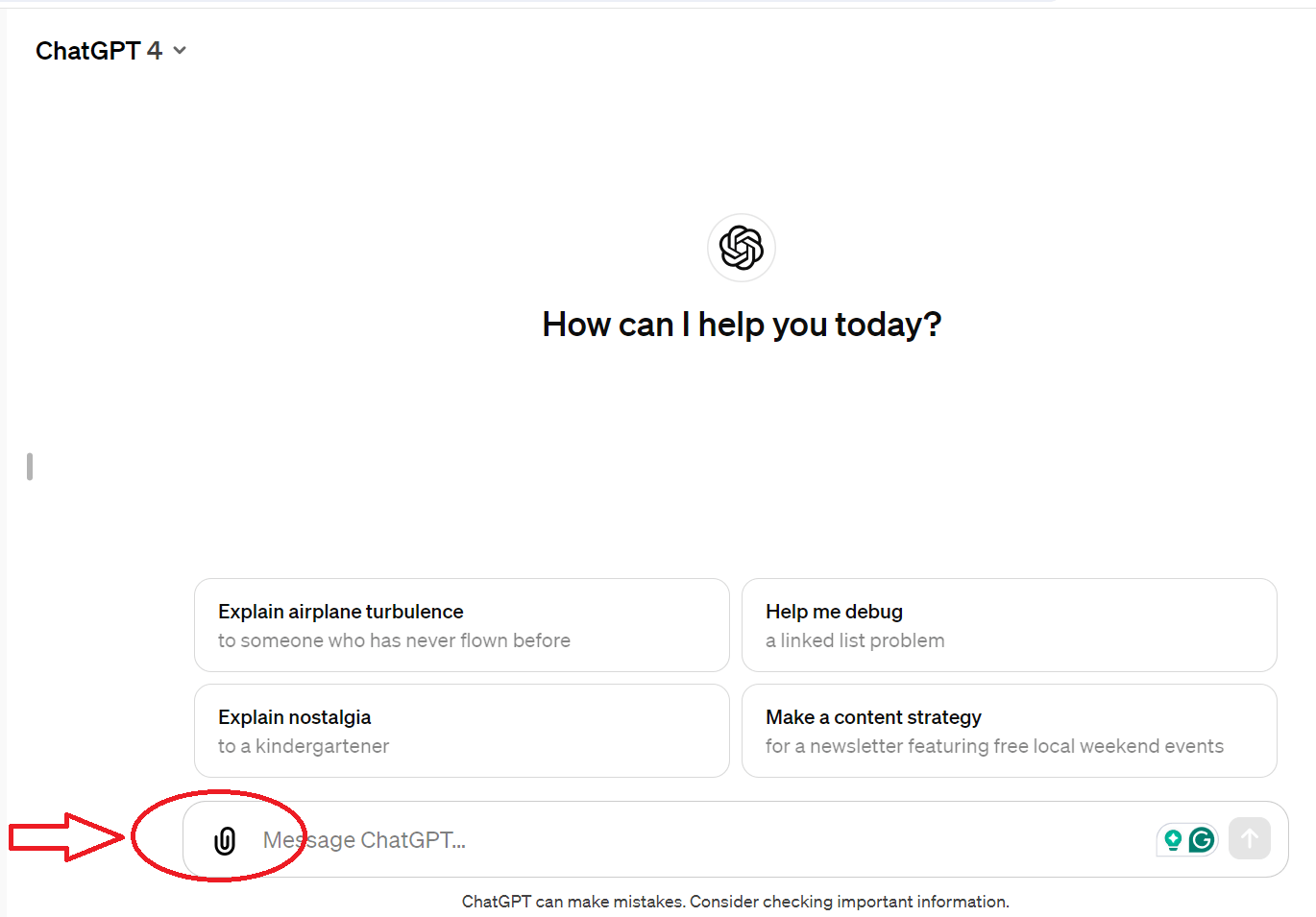Getting the Most Out of Third-Party Website Tools & Integrations

Third-party website tools and integrations can be an excellent way to elevate a prospect’s experience on your senior living website. The right products can boost engagement and conversions, but the key word here is “right.”
Below, we discuss what to consider when selecting and using these products as part of your senior living marketing strategy.
The primary question to ask when choosing a third-party website tool or integration
The following questions should always be in the back of your head as you consider different products:
- What’s the goal?
- What does success look like?
- How will you measure results?
But one over-arching question that encompasses all of the above is this: How does the tool fit into your strategy?
Remember, every good marketing decision begins with the right strategy to achieve your goals. Common goals include:
- Getting more leads in the pipeline
- Booking more tours
- Getting more phone calls
- Shortening the sales cycle
- Advancing marketing-qualified leads (MQLs) to sales-qualified leads (SQLs)
Your marketing toolbox should have various website tools to help achieve these outcomes. Here are some popular ones to consider—and how to get the most out of them.
Website Tools & Integrations to Consider
Surveys/Assessments & Decision Tools
When prospects visit a senior living community’s website, they often want to better understand their situation and determine which level of care is the best fit. Survey and assessment tools can help.
Some of these tools focus more on the clinical aspects of the decision (e.g., Roobrik), while others are more aligned with lifestyle and socialization preferences (e.g., Waypoint).
Surveys and assessment tools can work well as an initial conversion point, but we often find even better results when used in lead nurturing and marketing automation campaigns.
Where to use them:
- Place them strategically throughout the website.
- Use them on thank-you pages to advance prospects to take the next step.
- Link to them in your lead nurturing email campaigns to advance prospects into the next stage of their buying journey.
Chatbots, Live Chat, or Virtual Sales Assistants (VSAs)
These tools empower prospects to get information without speaking on the phone (or in person) with a sales rep. Our data shows that returning visitors are more likely to engage and convert using one of these tools and that chat is frequently the touch point that converts anonymous website visitors into contacts.
- AI-based tools can mimic humans and respond to frequently asked questions, freeing your sales team and front desk from having to repeatedly answer the same questions.
- Live human chat that connects more personally can elevate this experience even further. The prospect might feel more relaxed communicating through a screen (rather than on the phone or in person) while still appreciating that there’s an actual human on the other end of the exchange. This could be especially helpful for adult children researching communities on behalf of a parent. The adult child likely uses this form of communication for other tasks (like cable, banking, etc.).
The good news is that plenty of solid options exist, including SiteStaff Chat and Further.
- PRO TIP: Think about the experience you want to create. An AI chatbot is a different experience than a human interaction. A bot is better on a mobile device since typing entire conversations on a cell phone is difficult. However, human chat might be better for visitors using a desktop. You could also opt for a hybrid solution that combines human live chat during business hours for laptop users and AI bots for mobile visits to your website and after-hours coverage.
Call Tracking Tools
Call tracking tools like CallRail provide valuable insights, such as . . .
- Which marketing channels are making your phone ring
- How well your inbound sales calls are being managed (for example, answered vs. not answered)
- The quality of the sales interactions (which you can learn about by auditing recorded calls)
To get the most out of these tools, you must set up each marketing channel with a unique local phone number, monitor your dashboards, and audit calls regularly.
When you review the analytics, pay attention to the following items:
Call attribution. This will tell you which marketing channels and campaigns are generating phone calls. An important caveat: You must monitor calls to ensure you’re not wasting precious marketing dollars on generating calls from staff members, job seekers, vendors, or families trying to reach residents.
Missed opportunities. The dashboard should show you how many calls from your marketing channels go unanswered, are abandoned, or go to voicemail. Peak times often correspond with morning and lunch hours.
Call quality. Audit recorded calls to see how your sales reps interact with prospects. Things to listen for include the ability to build rapport, the percentage of time they spend talking vs. listening (the prospect should be speaking 70% of the time), how often the salesperson asks open-ended questions, and whether the salesperson tries to advance the prospect by offering them a tour, lunch, or an invite to an upcoming event.
Documentation. Go into your senior living CRM to see if the lead has been entered and if comprehensive notes summarizing the information gathered on the call exist.
- PRO TIP: Integrate your call-tracking tool with your marketing automation (like HubSpot) to enroll prospects into SMS lead nurturing and follow-up campaigns.
Bounced Lead Retargeting
“Not all who bounce are lost,” according to NaviStone, a software company that helps marketers drive growth to their brands. NaviStone’s research shows that 95% of all website visitors leave without taking action.
But with NaviStone, you can retarget prospects who bounce with personalized direct mail sent to their home address. Yes, you read that right: They can send snail mail to anonymous website visitors on your behalf. (About 70% of website visitors can be matched with physical snail mail addresses.)
This product empowers you to find your hidden market of anonymous visitors and bring them back to your community.
Marketing Automation
Every marketing channel and conversion tool becomes even more powerful when it integrates seamlessly with a marketing automation platform. Once prospects engage with a website conversion tool, your automation should send personalized follow-up communications as part of a lead nurturing workflow.
Why? Well, most conversions will be marketing-qualified leads (MQLs), meaning they’re not ready for a sales interaction yet. That’s OK. You still have an excellent opportunity to build your sales pipeline for future move-ins with MQLs.
- PRO TIP: We’ve found that tours scheduled through chat have a higher no-show rate than tours scheduled through calls. To reduce no-shows, create a workflow in your marketing automation platform that confirms the appointment, reminds them of the appointment, pushes the tour notification into the CRM, and alerts the salesperson to connect personally with the prospect pre-tour.
We’ve written extensively about marketing automation. Here are three articles to dive into next:
- Senior Living Marketing Automation: How to Choose
- 3 Surprising Benefits of Marketing Automation
- Marketing Automation for Senior Living: HubSpot vs. ActiveDEMAND/Enquire Map
A caveat about empowering leads to disqualify themselves
Early-stage marketing-qualified leads (MQLs) may just want a quick answer about the price to self-qualify or self-disqualify. Some web chat tools allow prospects to check “cannot afford” after the pricing is revealed and self-disqualify without ever speaking with a salesperson.
Is this what you want? Do you push all of these “cannot afford” leads into your CRM? Or do you only push over sales-qualified leads (SQLs) who are ready to tour or want to speak with sales? Are you sure that every prospect who self-disqualified using a bot understands potential funding resources (like the Veterans Aid & Attendance benefit)? Are you ready to let them go without any follow-up?
We had a client who converted seven “cannot afford” prospects into move-ins because we nurtured and educated them about available funding solutions they were unaware of.
- PRO TIP: Integrate your chat tool with your marketing automation platform. Segment your leads into SQLs and MQLs and create workflows for each.
Remember, website tools won’t increase your website traffic
One of the most important considerations when choosing a new toy for your website is your website traffic volume. Website tools do not generate traffic. They only convert the traffic generated from search channels (organic, paid, direct, and referred).
Only a small percentage of your website visitors will engage with these tools. If your site doesn’t get a lot of traffic, you’ll have fewer conversions. You should address that issue before you focus too much on adding bells and whistles to your site.
And guess what? We can help with that. Contact us to discuss your senior living website strategy.










